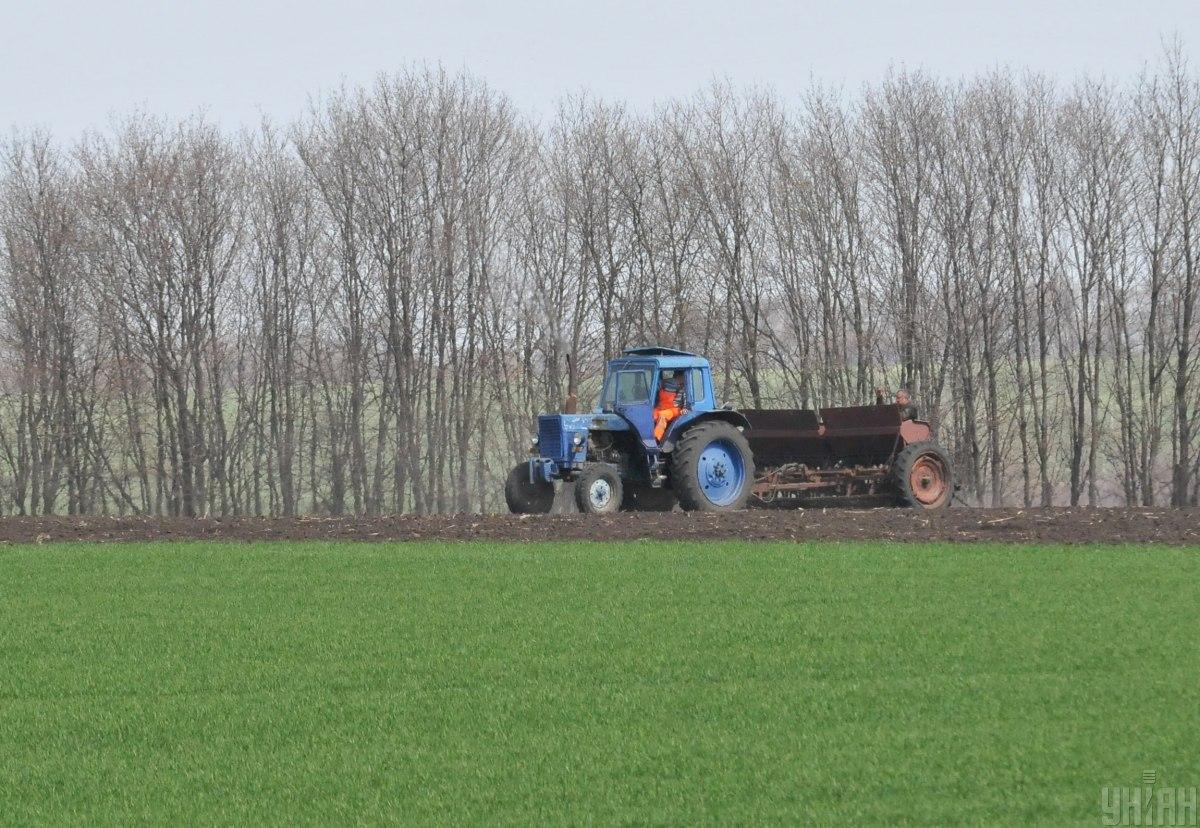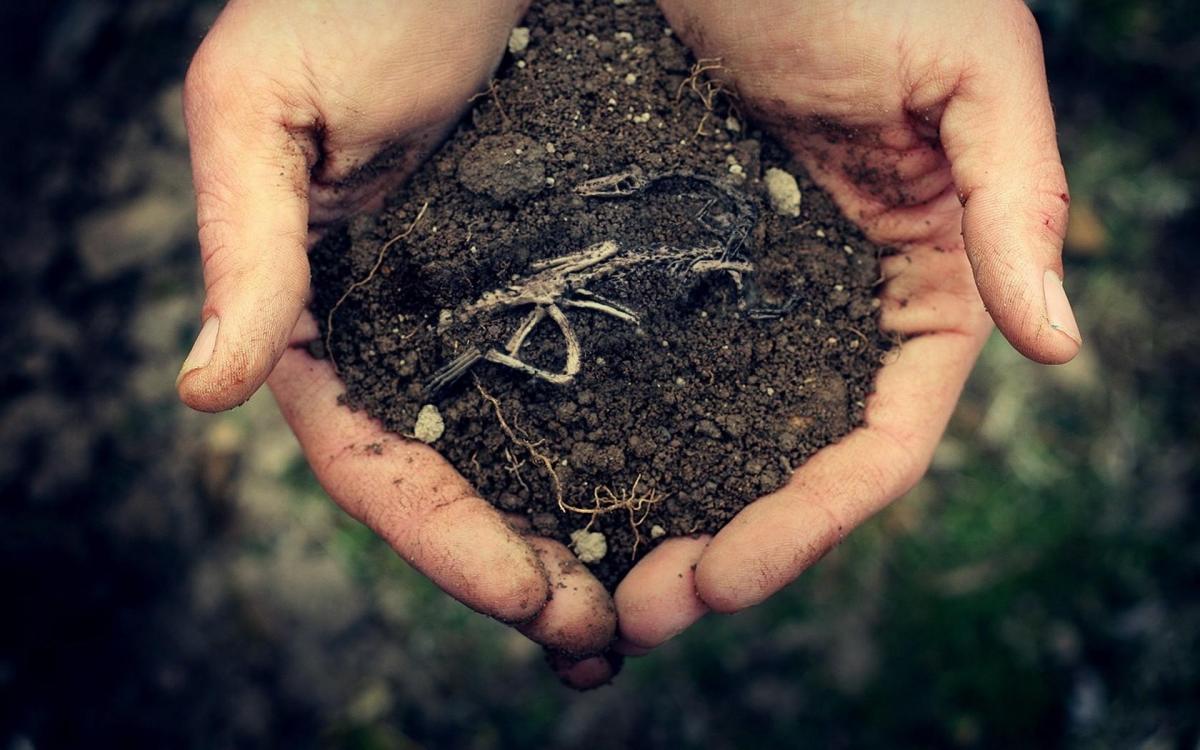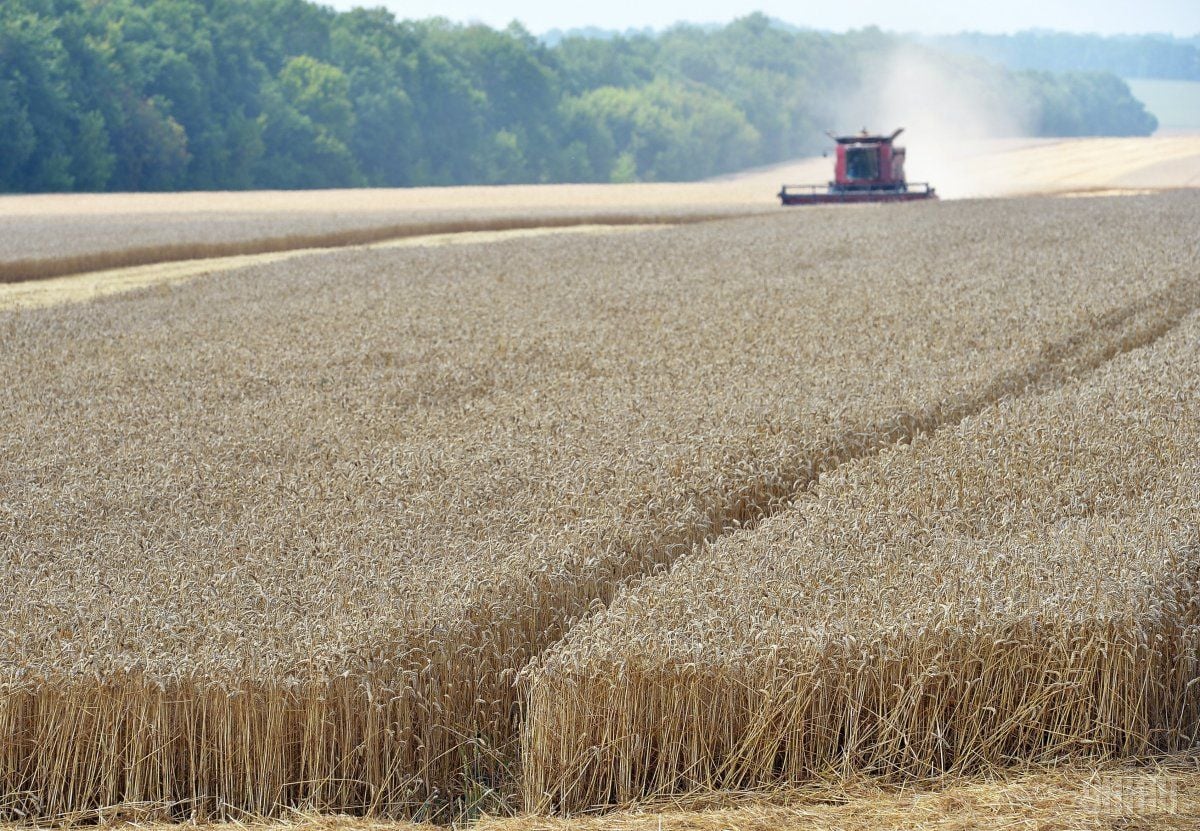
Agricultural sector on verge of historic reform in Ukraine
The past year was marked by more record crops of grains and oilseeds, the abolition of state monopoly on production of alcohol, and a high-profile bill set to launch historic land reform in October 2020 if adopted.
The most significant event for Ukrainian farmers in 2019 was the long-awaited shift in land reform. The Verkhovna Rada in December approved on first reading a bill on farmland circulation and interrupted the twenty-year tradition of extending the moratorium on farmland sales.
The new parliament ignored all pleas of influential opponents of land reform, and the moratorium was lifted effective January 1, 2020.
The fight for Ukrainian land in the Verkhovna Rada led to a several-week delay of the second reading oas over 4,000 amendments have been introduced.
Deputies will consider them all in January. So this will be a decisive moment for the launch of the land market, which the government plans to start in October 2020.
What is exactly known today about the model of the future market? There will be no foreigners on it yet. Only Ukrainians will be able to acquire land, while foreign citizens and companies from other countries will be granted such a right only if Ukrainians agree to it in an all-Ukrainian referendum. The ban will also affect Ukrainian agricultural holdings with foreign capital.

It is also known that no more than 10,000 hectares could be sold per individual no matter how many companies and legal entities they register. This should protect smaller farmers from the massive purchase of plots by major players.
The price per hectare, experts say, could reach about US$2,000 in the first year after the launch of the market. The price may vary depending on the region, soil conditions, and competition.
In the future, the price per hectare will directly depend on lending rates in Ukraine. For example, in Europe, where they are practically close to zero, the cost of land ranges from EUR 2,000 to tens of thousands of euros per hectare. Therefore, cheaper and more affordable lending will increase the price of land in Ukraine.
The Cabinet of Ministers promises to lower lending rates for farmers to below 5%. Almost UAH 4.5 billion is promised to be allocated for the agricultural sector support program this year, while most of these funds could be spent on loan compensation.
By the way, experts advise plot holders not to rush selling land, since lease tariffs will also increase, so owners will be able to get more money for their land.
Another agri-record
Despite the autumn drought, crops of grains and oilseeds in the past year exceeded 75 million tonnes, almost 5 mln tonnes more than a year earlier, which exceeded the initial forecasts.
The lion's share of the Ukrainian crops came from maize (over 35 million tonnes) and wheat (28 million tonnes).
However, according to insiders, the real crop of grains and oilseeds can be much larger and reach one hundred million tonnes.
Exports may also strike another record. In July - December last year, farmers delivered over 30 million tonnes of grains to foreign markets, a third more on year. And there's still half the marketing season ahead.
Now a favorable weather foundation is being laid for harvesting winter crops in 2020. Experts from the Hydrometeorological Center and farmers say that abnormally warm December benefited these crops as most of them are now in good and satisfactory condition, while the rest of the "cold" season is unlikely to bring any catastrophic cold snaps.

Therefore, it is possible that this year Ukraine will set a new harvest record. That's particularly due to the fact that part of the grain production came out of the shadows, so now farmers and agricultural associations will have to work more transparently in order to increase their chances of obtaining loans and state aid for land acquisition.
Less joyful are expectations for dairy farms, which for the first time in the history of independent Ukraine produced in 2019 less than 10 million tonnes of milk. According to analysts, last year livestock decreased by 4%, while profitability of milk production kept falling.
Experts predict a further reduction in livestock and jobs on farms, while Ukrainian stores, unfortunately, are set to opt for cheaper imported milk. But there is a possibility that private land ownership, together with the right to buy and sell it, will allow farmers to stand on their feet more confidently.
End of government monopoly for alcohol production
At the end of 2019, another reform started in Ukraine, however, on a slightly smaller scale. In December, President Zelensky signed a law on liberalization of the alcohol industry. Thus, from January 1, a state monopoly ceased to exist, while any licensed companies were allowed to produce and sell alcohol, including for exports.
To protect domestic companies, the law prohibits alcohol imports until 2024 and obliges producers to use Ukrainian raw materials exclusively in producing alcoholic beverages for sale within the country for the same period.

It was also decided to privatize factories and industrial capacities of Ukraine's main monopoly holding Ukrspyrt. The government plans to auction off these assets until mid-2021, planning to receive UAH 2-3 billion.
During the audit, the economy ministry learned that only under thirty factories out of eight dozen are in operating condition, while some production facilities even have no roofs over them.
After the completion of Ukrspyrt privatization, from mid-next year, Ukraine will allow building new private distilleries.
Liquidation of Agriculture Ministry and export growth
Another important reforming event of the past year is worth noting: the liquidation of the Ministry of Agrarian Policy and Food. The new government, led by Oleksiy Honcharuk, lowered its status to that of a department in the newly created Ministry for Development of Economy, Trade and Agriculture.
In this regard, some experts warned about the loss of a strong agricultural lobby and possible decline in exports and quality of the products supplied.
However, pessimistic forecasts do not seem to come true.
In the second half of last year, Ukraine began to supply meat products to a new market, Japan, and also received four times as many quotas for chicken supply to Europe in 2020 as it had in 2019.
Exotic products of Ukrainian origin, such as snails, are in great demand today.
Ukraine is entering the year of 2020 with new export prospects, having agreed on the supply of honey and rapeseed to China. According to market players, Ukraine has serious intentions to supply poultry products to China as well.
Ukraine also began supplying apples to Bangladesh and received quotas from India for fruit exports in 2020. Also, Ukraine reached an agreement on additional trade contracts with the world agricultural leader, Canada.
Therefore, we can assume that in 2020 Ukraine will expand the geography of exports and the range of agricultural and agri-industrial products in markets where it is already present.
Good grain harvest expected this year will undoubtedly contribute to foreign trade success. Also, the launch of the land market, even if it doesn't attract foreign investment in the economy in the medium term, will allow many Ukrainian farmers to become real owners of their land plots and develop their business with higher confidence.
Anna Nahorna

